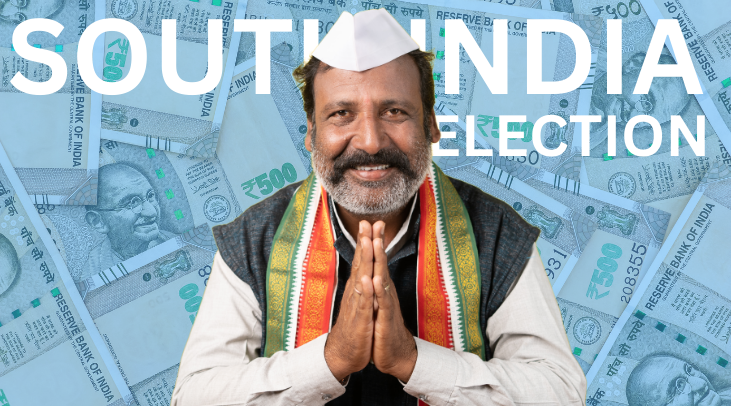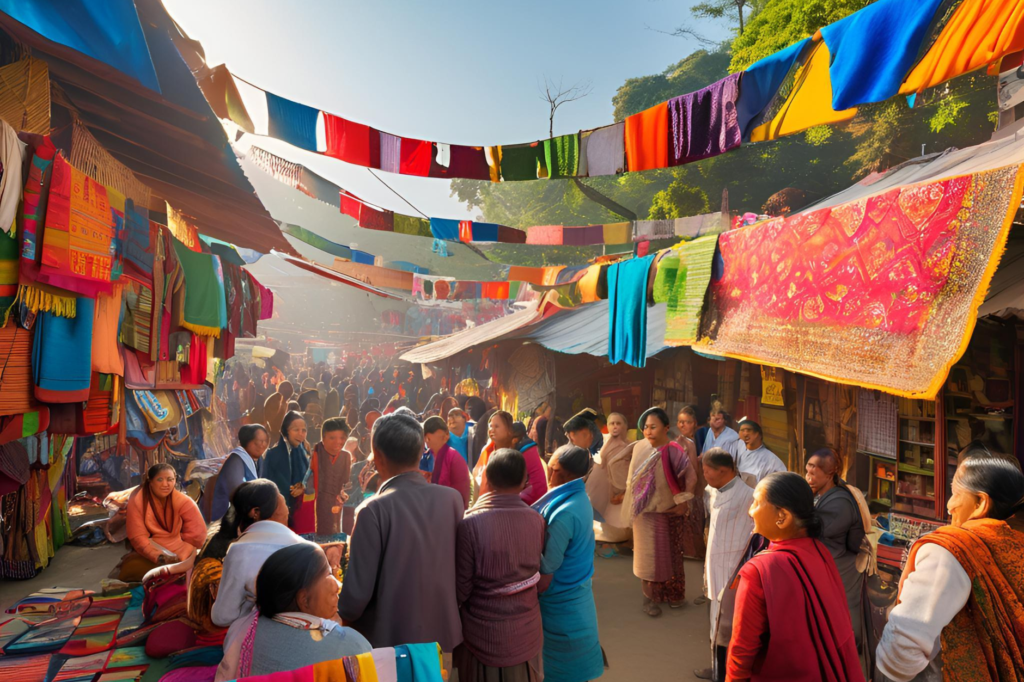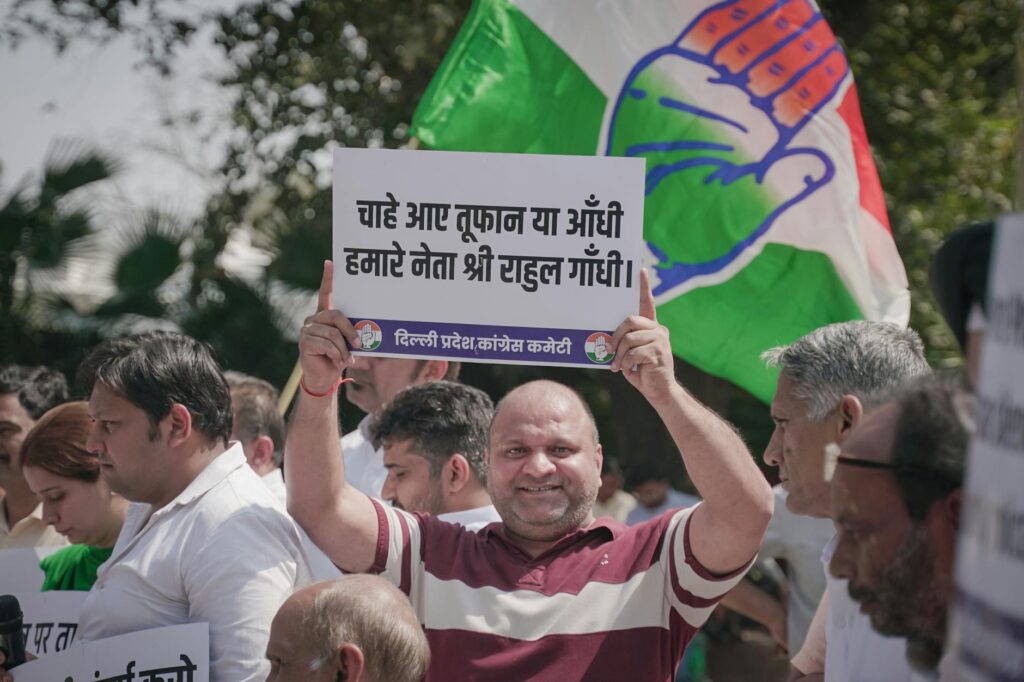The High Price of Democracy: Why South Indian Elections Are Among the Most Expensive?
Have you ever wondered why elections in South India are often referred to as a grand spectacle? 🎭 It’s not just the colorful rallies and passionate speeches that make them stand out. Behind the scenes, a staggering amount of money is being spent, making these elections among the most expensive in the world. The price tag on democracy in South India is raising eyebrows and concerns. From lavish campaigns to voter incentives, the cost of winning hearts (and votes) has skyrocketed. But what’s driving this financial frenzy? And more importantly, what does it mean for the future of Indian democracy? In this post, we’ll delve into the fascinating world of South Indian elections, exploring the factors behind their astronomical costs, the unique regional dynamics at play, and how they compare to other parts of India. We’ll also examine the role of money power in shaping political outcomes and the challenges faced by regulators in keeping the democratic process fair and transparent. Buckle up for a journey into the heart of India’s most expensive electoral battlegrounds! 💰🗳️ Factors Driving High Election Costs in South India A. Large-scale voter mobilization expenses South Indian elections are notorious for their extensive voter mobilization efforts, which significantly contribute to the high costs. Political parties invest heavily in transportation, accommodation, and even daily allowances for supporters to attend rallies and voting booths. B. Extensive advertising and media campaigns The fierce competition in South Indian politics drives parties to allocate enormous budgets for advertising and media campaigns. These efforts span various platforms: Platform Examples Traditional Media TV ads, newspaper inserts, radio spots Digital Media Social media campaigns, targeted online ads Outdoor Advertising Billboards, posters, banners C. Competitive gifting and cash distribution A controversial yet prevalent practice in South Indian elections is the distribution of gifts and cash to potential voters. This practice, while illegal, significantly inflates election costs: D. Elaborate rallies and public events South Indian political parties are known for organizing grandiose rallies and public events to showcase their strength and appeal to voters. These events incur substantial costs: The combination of these factors contributes to the astronomical costs associated with South Indian elections, making them among the most expensive in the country. This financial burden not only strains party resources but also raises questions about the integrity of the democratic process. Impact of Regional Political Dynamics A. Multi-party competition intensifying spending The political landscape in South India is characterized by fierce multi-party competition, which significantly drives up election costs. Unlike some regions with dominant two-party systems, South Indian states often see multiple viable contenders vying for power. This intense competition leads to escalated spending as parties attempt to outdo each other in various aspects of campaigning. Key factors contributing to increased spending: Party Strategy Cost Implications Advertising High media spending Rallies Venue and logistics expenses Voter Outreach Door-to-door campaign costs Social Media Digital marketing investments B. State-specific electoral patterns and their financial implications Each South Indian state has unique electoral patterns that significantly impact campaign finances. These patterns are shaped by historical, cultural, and socio-economic factors specific to each state. State-specific factors affecting election costs: These distinct patterns necessitate tailored campaign strategies, often resulting in higher expenses as parties adapt to local contexts. For instance, in Tamil Nadu, the personality-centric politics demands substantial investment in leader-focused campaigns, while in Kerala, the tight competition between coalitions leads to extensive grassroots mobilization efforts. Role of Money Power in South Indian Politics Wealthy candidates and their influence In South Indian politics, wealthy candidates wield significant influence, often dominating the electoral landscape. Their financial clout allows them to: This financial advantage can create an uneven playing field, potentially marginalizing candidates with limited resources. Aspect Impact of Wealthy Candidates Campaign reach Wider and more intensive Media presence Dominant and frequent Voter perception Often seen as more capable Policy influence Potentially skewed towards business interests Corporate funding and its consequences Corporate funding plays a pivotal role in South Indian elections, significantly impacting the political landscape: However, this funding raises concerns about: Black money circulation during elections The circulation of black money during South Indian elections remains a persistent challenge. This unaccounted cash flow: Efforts to curb black money in elections have been implemented, but significant challenges remain in enforcement and detection. As we delve deeper into the complexities of South Indian elections, it becomes clear that the interplay between money power and politics has far-reaching implications for the region’s democratic processes and governance. Comparison with Other Indian Regions Higher per-capita election spending in South India South India stands out for its significantly higher per-capita election spending compared to other regions in the country. This disparity is evident in both state and national elections. Let’s examine the key factors contributing to this phenomenon: Region Per-capita Spending (₹) Relative Spending South India 1,500 – 2,000 High North India 800 – 1,200 Medium East India 500 – 800 Low West India 700 – 1,000 Medium Factors influencing higher spending in South India: Unique cultural factors affecting campaign costs The cultural landscape of South India plays a crucial role in shaping election expenses: Differences in voter expectations across regions Voter expectations vary significantly across India, with South Indian voters generally having higher demands: These unique expectations contribute to the overall higher costs of elections in South India compared to other regions. As we move forward, it’s crucial to understand the legal and regulatory challenges that arise from these high-cost elections. Legal and Regulatory Challenges Difficulties in monitoring election expenses Monitoring election expenses in South India presents significant challenges due to the complex nature of political campaigns and the vast resources involved. Some key difficulties include: Challenge Impact on Monitoring Cash transactions Difficult to trace and verify Informal networks No official paper trail Third-party expenditures Not included in candidate’s declared expenses Underreporting Creates discrepancy between reported and actual spending These factors combined make it extremely challenging for election officials to accurately monitor and enforce spending limits. Loopholes exploited by political parties Political parties in South









